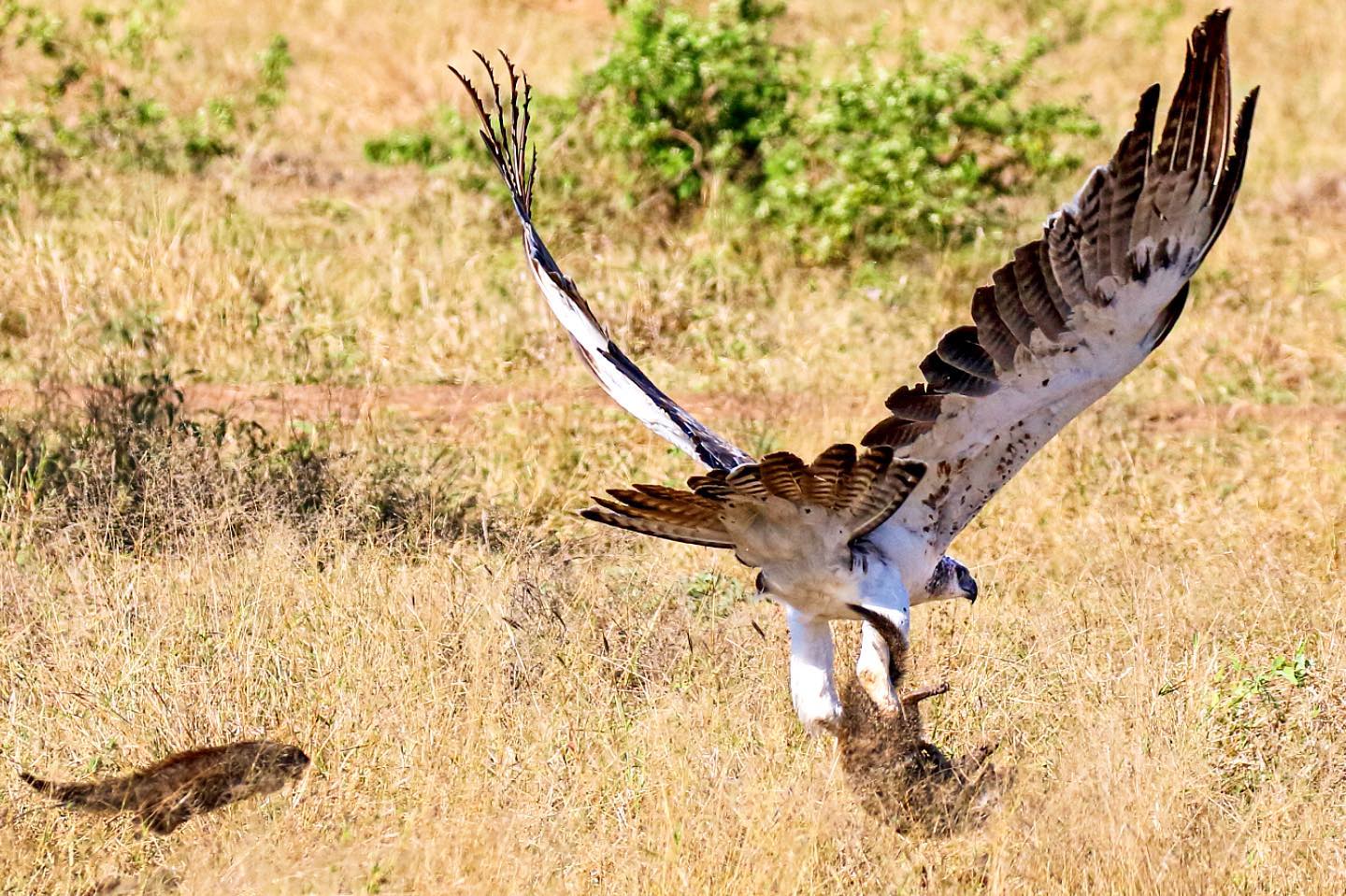As if mastering exposure isn’t difficult enough, the fact that f-stop numbers are backwards can make learning about the aperture a real uphill battle! Nick Carver explains why the aperture numbers aren’t really backwards at all, they simply appear to be. Take a look…
Most people struggle with understanding Aperture because the f-stop numbers are backwards (low f-numbers = big apertures and big f-numbers = small apertures), or they appear to be anyway. If you’re trying to get your head around how shutter speed, ISO and aperture work together in order to get the perfect exposure, the last thing you need is confusion about backwards numbers right?
So today, we thought we’d put all of that to bed. Professional photographer and teacher, Nick Carver finally sheds some light on why aperture stops look they way they do. In this quick and very insightful video, Nick explains that the numbers aren’t actually backwards at all, they simply appear to be. He says: “It seems most photography classes and books tell the student to simply “remember” that the numbers are backwards. But memorisation just doesn’t work as a reliable learning method! So rather than tell my students to “remember” these kinds of photography basics, I instead try to teach them WHY things are the way they are.”
He continues: “With a true understanding of what makes the f-numbers the way they are, you’ll be able to control and use the aperture with more proficiency and confidence. Whether you’re into digital photography or traditional analogue photography (film), this is something every photographer should know.”
You can find more from Nick on his YouTube channel, be sure to click the subscribe button. You can also follow him on any of these social channels: Twitter, Facebook or the Website.
Other popular posts you might also enjoy:
Bokeh on a Budget, Ket Lens Demo
Adapted Lenses for Mirrorless Cameras
DSLR vs Mirrorless Cameras
All about Polarising Filters
Beginners Guide to Histograms








